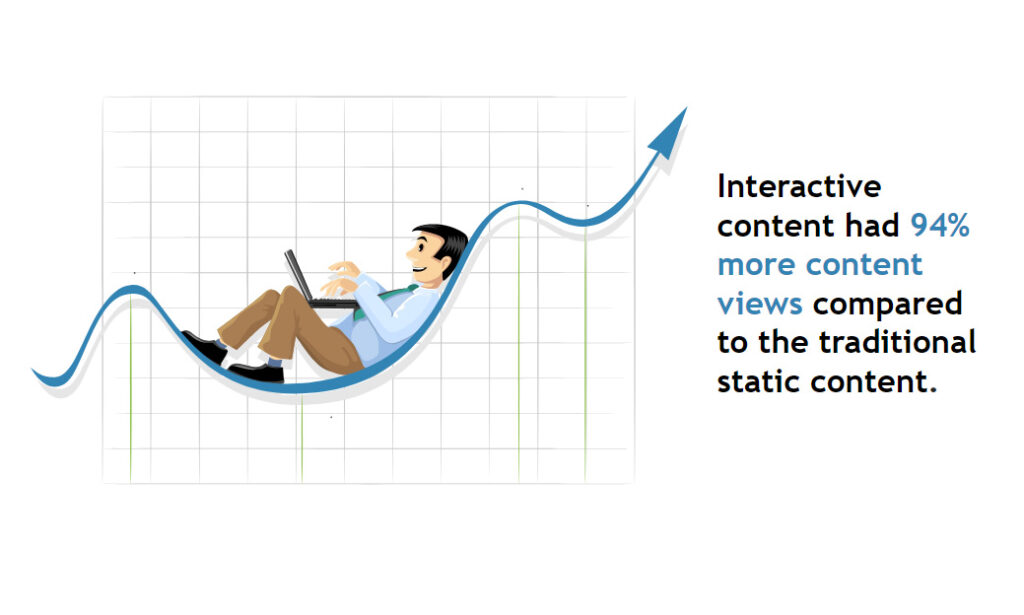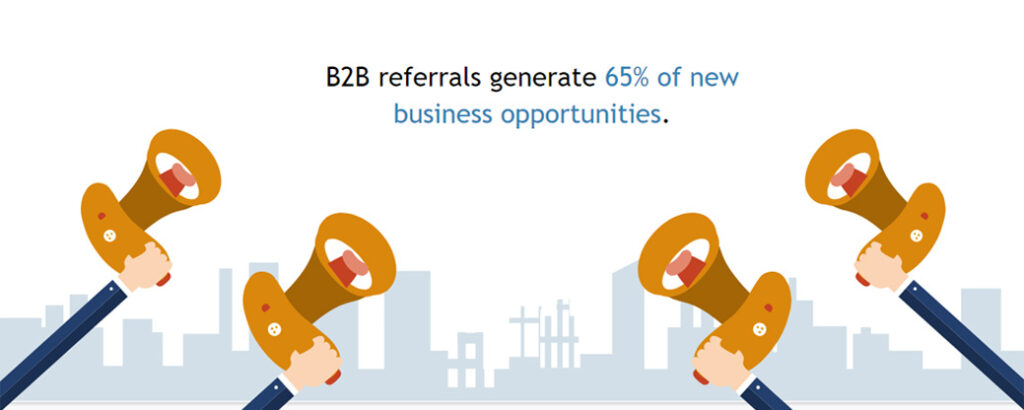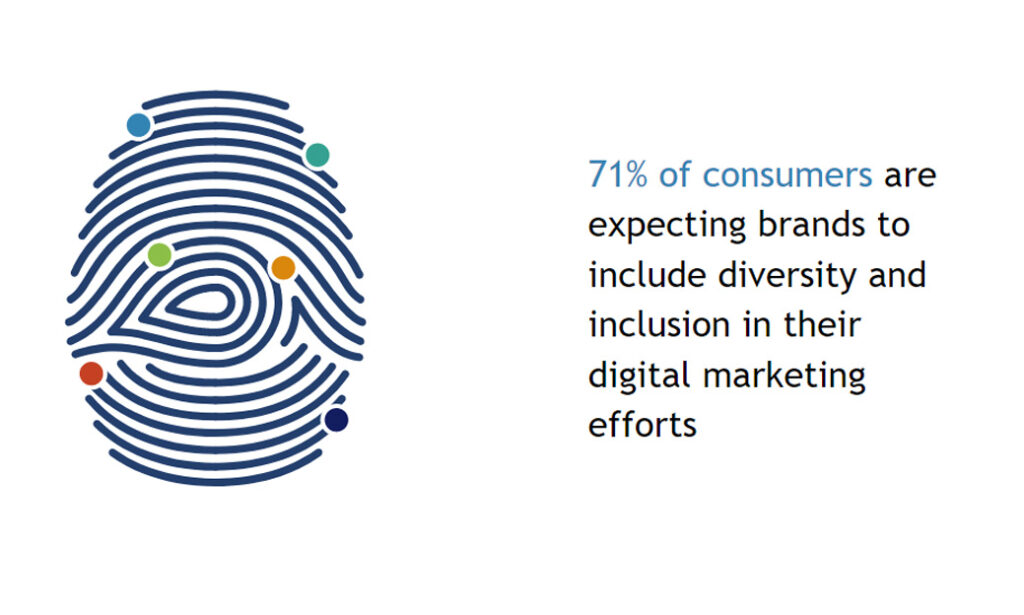Updated March 4, 2025
Reading Time: 6 minutes
Content Format that’s Easy to Consume
Popular audiovisual formats in content marketing like podcasts, videos, carousels, and infographics are not just for B2C anymore. People love them because they’re easier to consume. That doesn’t mean long-form written content is obsolete; it is here to stay, but the use of multimedia content is trending upward. Here is a glimpse of the content marketing trends in which B2B marketers are investing for 2023.
The Stats on Content Marketing in 2022
Justify your content marketing decisions for 2023 with these statistics:
- Marketing budgets have reset to pre-pandemic levels and have gone beyond 10% – a first in 10 years, according to the latest CMO Survey.
- 47% of buyers will go through three to five pieces of content first before reaching out to a sales representative (Hubspot).
- 83% of marketers agree that higher quality content published less often is more effective than more frequent, lower quality content (Hubspot).
- The top media formats marketers leveraged in 2022 were video (59%), followed by blogs (48%), images (46%), and infographics (45%). (Hubspot)
- 52% of YouTube’s top 100 searches are branded searches (Sprout Social)
Eight Content Marketing Trends for 2023
1. Interactive Content
Customers leveraging interactive content saw a 94% higher increase in content views compared with customers who leveraged traditional, static content (e.g., static images and text-only pages), according to a two-year, 160,000 content share study by Mediafly. So what does interactive content really mean?

It encompasses all content that requires user participation through clicking, answering questions, or using widgets.
In the B2B setting, accounting firms, for example, can add calculators and assessment forms on their websites. Meanwhile, companies seeking to explain technical processes like water treatment or car batteries would be best served by animated infographics where you can hover over elements to get a brief description.
To help you get started, focus on the context of your ideal client and imagine what communicating your value proposition through these visuals would look like.
2. Video Content
Video is another type of dynamic content with promising statistics. With consumers spending 80% more time watching videos than in 2018, 89% of marketers planned to continue investing the same amount in video or increase their investments in 2022, with short-form video specifically being the primary form of media with the best ROI used within any content strategy for three consecutive years. Marketers’ goals for using video content involve driving brand awareness, followed by product education and lead generation. It has nabbed a post on the top content marketing trends for 2022, and it continues to prove useful to the world of content.
3. Images & Infographics
The adage that a picture is worth 1,000 words is true in life and in content marketing, with Hubpost reporting that blogs featuring infographics produce 178% more inbound links than those that do not. About 53% of Hubspot’s respondents are now optimizing photos or videos for visual search engines. Additionally, 49% of these marketers consider it one of their most effective strategies, with the highest average ROI (60%) compared to videos, podcasts, and augmented reality.
About 65% of brands use infographics to bolster their content marketing strategy, with Forbes reporting that 84% of marketers found them effective, improving information retention and learning by 400%.
In addition, pairing content with a relevant image boosts information retention by over 600%, with color content being 39% more memorable and leading to 80% more readership.
So, if you want your marketing strategy to be most effective, you could do worse than using images and infographics. And making them relevant, creatively colorful, and appropriately paired with straightforward messaging will ensure the visitors to your site remember who you are and what you do.
4. Second & Third-Party Content
Let’s not forget the power of user-generated content (UGC), a type of second-party content. . UGC fosters authenticity and trust in your marketing content, which satisfies Google’s third principle – Trustworthiness.
In a report detailing recent B2B marketing statistics, ThinkImpact highlights that B2B referrals generate 65% of new business opportunities, and 78% of those referrals create viable business leads. Consumers and businesses alike are more likely to engage with companies vetted by their peers and will put more stock in the input from families, friends, colleagues, and online reviews rather than any claim from the company or manufacturer. In short, customers and business owners believe UGC is 2.4 times more authentic than what brands put out.

Furthermore, having a well-organized referral program leads to twice as effective sales marketing efforts and sales pipeline than those who don’t.
Third-party content, like sharing other people’s articles on your social media feed or having an influencer talk about your products and services, isn’t limited to the B2C industry. B2B companies are also reaching out to micro-influencers that are niche experts or creators. Although UGC is 9.8 times more impactful, B2B clients still find third-party content more trustworthy than vendor content. B2B and B2C companies also see equal success in influencer marketing when analyzing their ROI. We expect this will continue to grow as a marketing strategy come 2023.
5. Voice Search Optimization
Search behavior is constantly evolving as more and more people have access to voice-activated speakers and digital assistants. According to research conducted by Microsoft, 50% of users expect to be able to make purchases with their digital assistant within the next five years. While we can’t imagine using Siri to find B2B companies, there’s no doubt that it’s a trend that will keep growing in 2023. Voice search optimization includes using conversational keywords, schema markup, and adding a FAQ section to your pages.
6. By-Human-For Human Content
Machine learning and AI-generated content continue to grow as content marketing tactics, but Google doesn’t seem happy about it.
The Helpful Content update was released this year to remind webmasters to create people-first content. This may not look good for people who have invested in AI-generated content.
These automated tools are built to take keywords and ideas from what is already existing in search results and spin them to avoid plagiarism. That goes against what Google is looking for, which is authentic and unique content created by humans for humans. Read more from the developers on people-first content. We’re expecting to see more brands working on sounding more human in their content, with personality, tone, and thought put into it.
7. Data-Driven Content
Besides making content authentic, data can help seal the deal regarding decision-making. Document how you’ve solved problems from previous clients and turn them into numbers or case studies. Visitors who might be facing the same issues will be reassured by the fact that you have dealt with it before.
8. Representation & Inclusivity
DEI or Diversity, Equity, and Inclusion efforts have grown in the last couple of years but still need to be improved. Facebook IQ reveals that 71% of consumers expect brands to include diversity and inclusion in their digital marketing efforts, while 54% don’t feel culturally represented in online ads. And based on simulations, the winning strategy in 90% of cases for increasing ad recall was diverse representation.

Need we say more? Other benefits of DEI include a 40% increase in employee retention/acquisition, 37.6% improved brand reputation, and 27.7% improved relationships with stakeholders.
Is Your Content Keeping Up?
In summary, marketers are trying out new strategies but with less focus on sales and more focus on brand awareness, product and service introductions, and improving customer experience. Some marketers might be doing influencer marketing for the first time, while others may not find voice search their top priority for 2023. While all these trends may be overwhelming, the bottom line is you don’t need to buy in all at once. See what works for your business, and don’t hesitate to experiment. We’re here to help.

 Digital Marketing Trends 2023
Digital Marketing Trends 2023